
Utah State Flag
Utah became the forty-fifth state of the United States in 1896. The state capital is Salt Lake City, and its state nickname is the Beehive State. It is the thirteenth largest state, and it ranks 30th in population compared to other states. Utah’s Great Salt Lake, located in the northern part of the state, is really the remnant of an inland sea. Because its waters do not drain into another body of water, the lake is becoming saltier and saltier. Children can visit an Internet site at: Utah. Idea: Let’s make a connection regarding the Great Salt Lake. Items float with more ease in salt water than in fresh water. Fill one container with fresh water, and fill another container with salt water. Try floating various objects. Record the results.
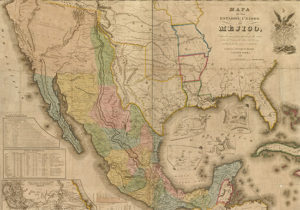
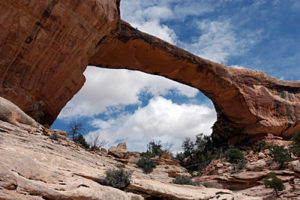
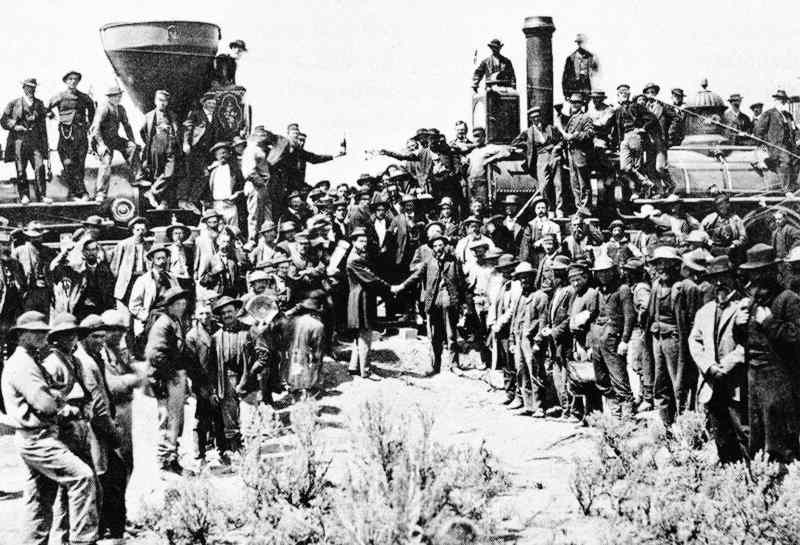 Promontory Point. Leland Stanford drove in a golden spike to mark the completion of the rail lines. The spike was removed and preserved for history. Idea: Children could read more about the difficulties of the two train companies as they built the railroad lines. A good source of information is William Durbin’s The Journal of Sean Sullivan: A Transcontinental Railroad Worker.
Promontory Point. Leland Stanford drove in a golden spike to mark the completion of the rail lines. The spike was removed and preserved for history. Idea: Children could read more about the difficulties of the two train companies as they built the railroad lines. A good source of information is William Durbin’s The Journal of Sean Sullivan: A Transcontinental Railroad Worker.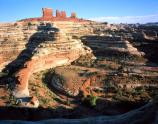
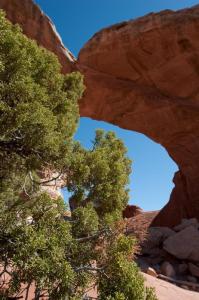 Arches National Park in Utah was created in 1971. In 1929 the wind-eroded rock formations were declared a national monument. Then it became a national park. Children can visit a website at:
Arches National Park in Utah was created in 1971. In 1929 the wind-eroded rock formations were declared a national monument. Then it became a national park. Children can visit a website at: 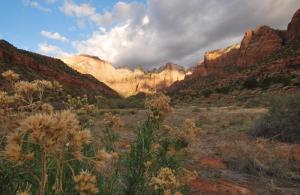
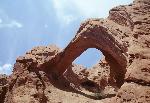 d in 1971. Located in southern Utah, the park follows a one hundred-mile wrinkle in the earth’s crust. Visitors can view fossils, petrified trees, and Native American ruins. Children can visit the park’s website, featuring great panoramas and wonderful photos, at:
d in 1971. Located in southern Utah, the park follows a one hundred-mile wrinkle in the earth’s crust. Visitors can view fossils, petrified trees, and Native American ruins. Children can visit the park’s website, featuring great panoramas and wonderful photos, at: